Dominican Founding Father’s Wax Museum Highlights Key Moments of his Life and Works
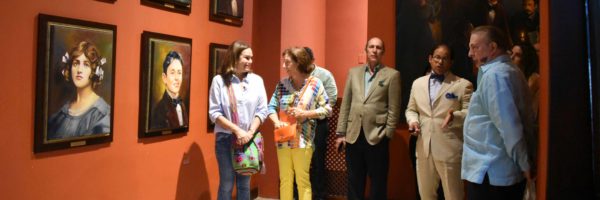
Santo Domingo, July 12, 2018 – The Juan Pablo Duarte Wax Museum is a visual testimony of the life, vision and commitment of the Dominican Republic’s founding father and the contributions he made to free the country from foreign powers.
Minister of Culture, architect Eduardo Selman, last Friday visited the historical Museum to learn more about its operations and educational value. Visitors to the Museum will learn much more about the founding of the Dominican Republic through the life of Juan Pablo Duarte.
Minister Selman visited the Museum accompanied by Billy Hasbún, director of International Relations and Ángel de la Rosa, the Ministry’s director of Public Relations. Also, by artist Guimar Álvarez de Toledo, María Abellán and Rosanna Rivera, and architects Omar Rancier, Teódulo Blanchard and José Enrique Delmonte.
Upon his arrival at the Museum, situated in Santo Domingo’s Colonial Zone (Isabel la Católica Street, #308), Minister Selman was greeted by Museum director Juan Gilberto Núñez who, during the tour, explained the concept of the Museum and the importance of Juan Pablo Duarte.
During the tour Minister Selman and guests received pertinent information on the exhibits, works of art, photographs and other historic documents that reveal the activities of Duarte and his family.
Some of the key exhibits are documents and important items, revealing the birth of Duarte, on January 26, 1813; Independence Day, February 27, 1844, and his death, on July 15, 1876.
The Wax Museum also features specific items from the original home of Juan Pablo Duarte, such as original pieces of furniture as well as 10 wax figures that represent a specific moment in the family life of the national hero. Another exhibit depicts the date when some members of the independence movement – known as “Los Trinitarios” – were sworn in on July 16, 1838.
Another important exhibit is the moment when the rebel fighters, headed by Ramón Matías Mella, declared Dominican independence on February 27, 1844.
The museum also features 13 educational dioramas, or exhibits that represent various scenes with three-dimensional figures as well as 60 paintings that tell the story of the independence process. It also features an auditorium with capacity for 200 visitors and where special lectures and activities are held. It also features the “Patriots of Liberty Plaza,” where a variety of weapons used during the Independence movement are exhibited.
One particular exhibit shows a chronological sequence of the Haitian occupation of the Dominican Republic in 1822, Duarte’s speech before the newly found nation in 1844, the baptism ceremony of Juan Pablo Duarte in 1813, and his death in Venezuela in 1876.
Also, specific moments when Duarte was forced to leave the country; the meeting held to oppose a French Protectorate in 1844; his triumphant return to the country that same year; the presentation of the first independent government in 1864; his travel to Europe in 1829 to complete his studies, and a representation of Francisco del Rosario Sánchez in 1844.

Related News
-
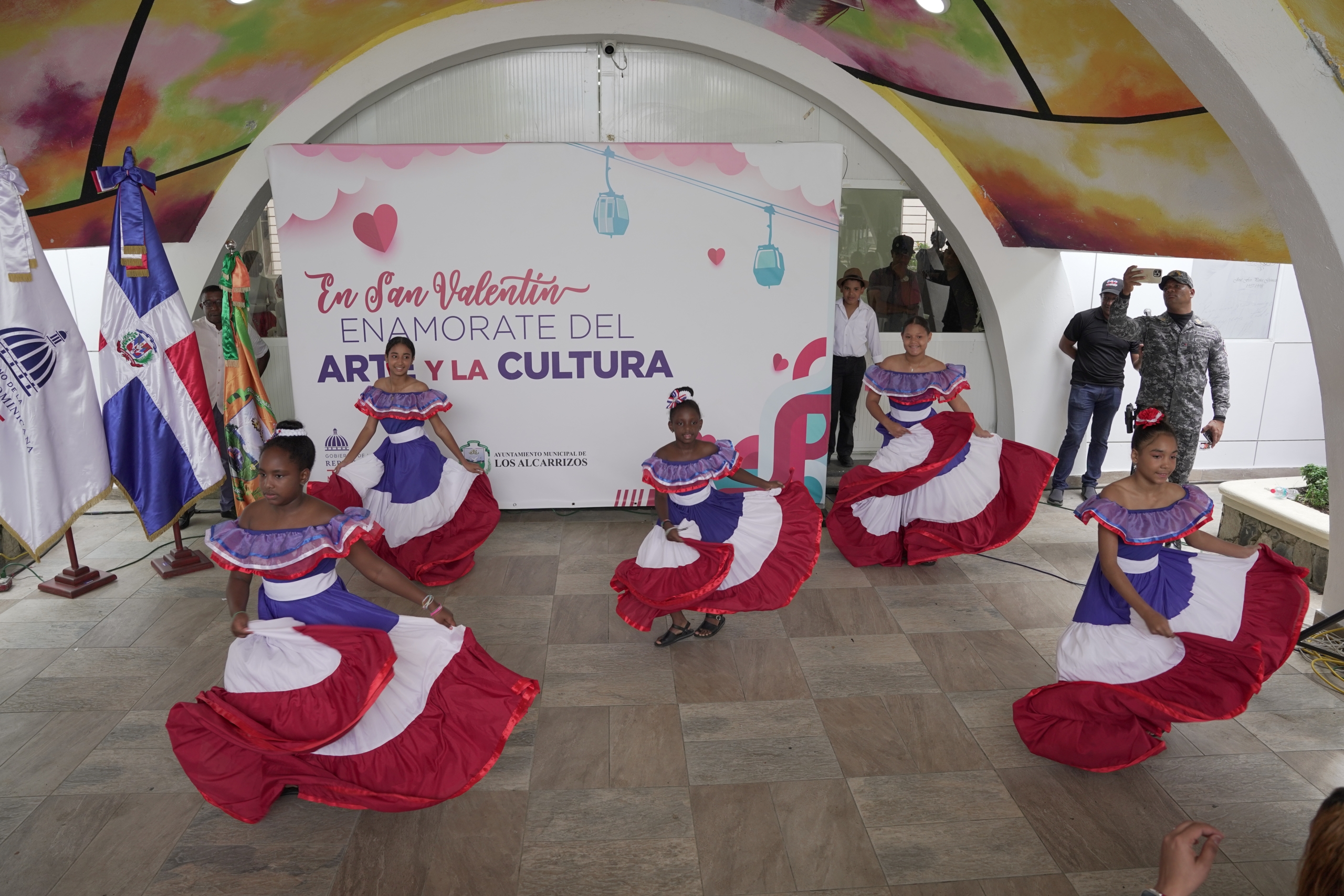
(Versión en español) MINC realiza el evento "Enamórate del Arte y la Cultura" en Los Alcarrizos
-
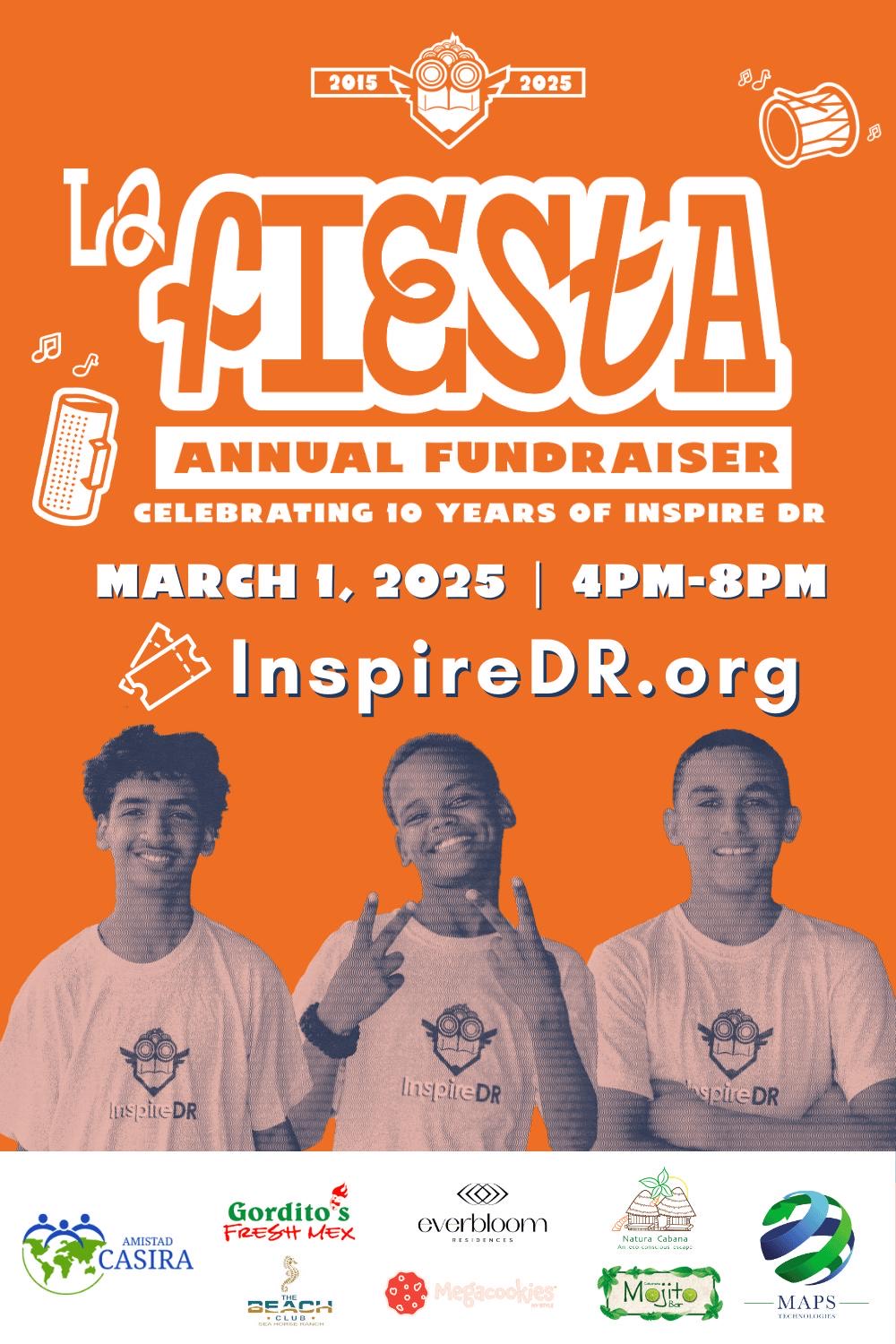
(Versión en español) InspireDR celebra una década de impacto con “La Fiesta 10” en Cabarete
-
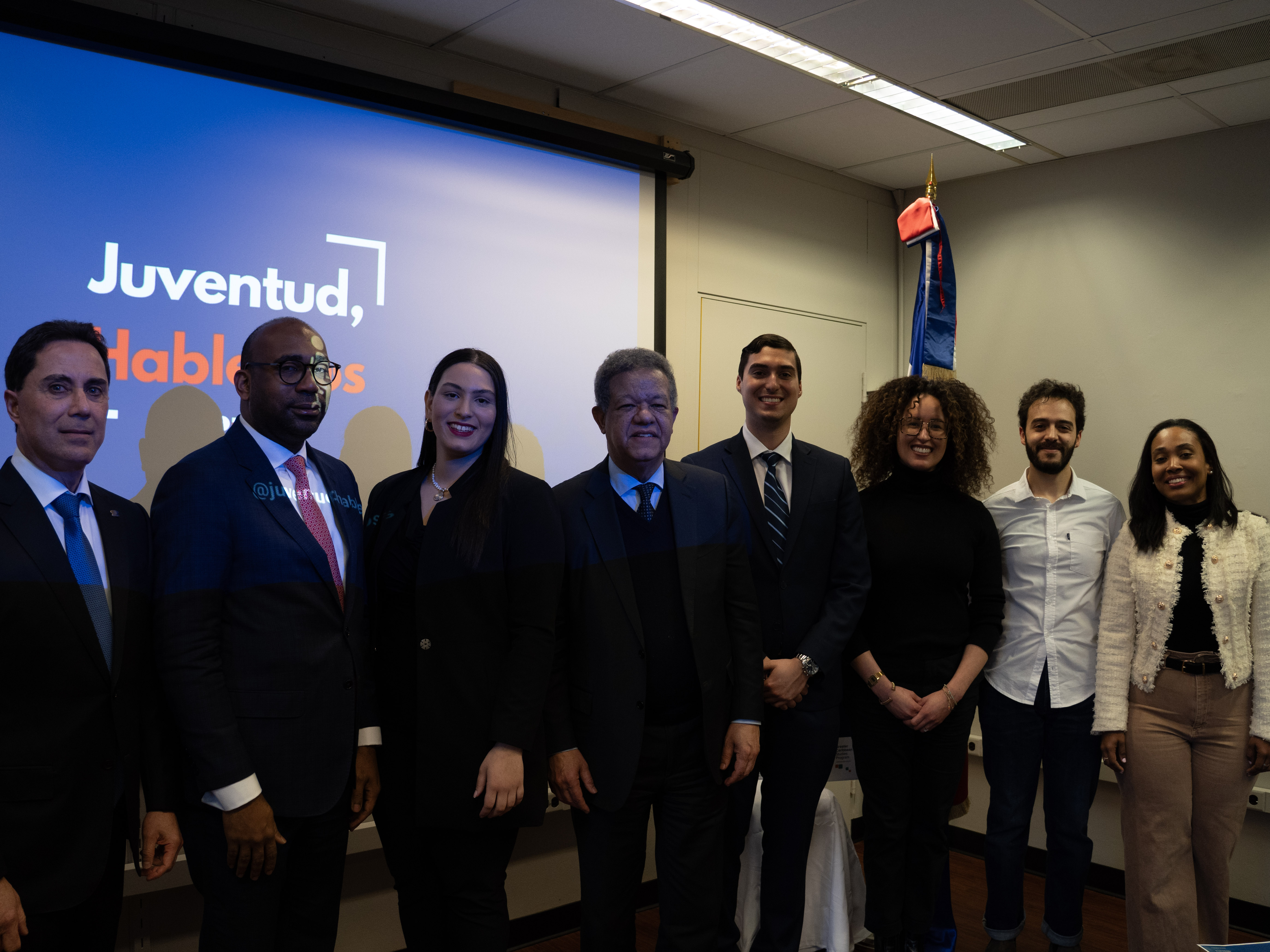
(Versión en español) Organización “Juventud Hablemos” de la Universidad de Columbia y la GFDD copatrocinan a casa llena evento sobre “La evolución de la democracia en la República Dominicana”
-
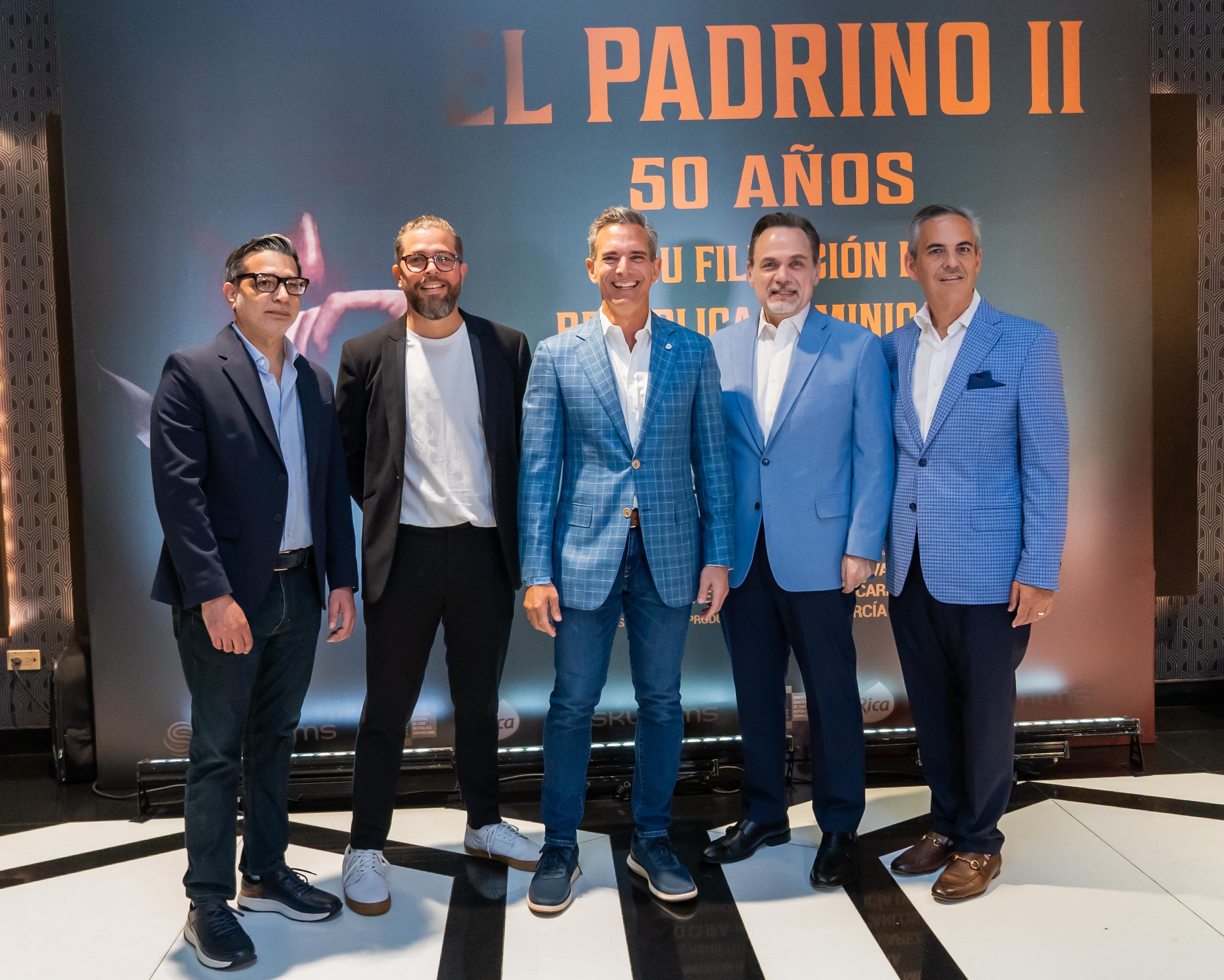
(Versión en español) Realizan premiere del documental “El Padrino II: 50 años y su filmación en República Dominicana”
-
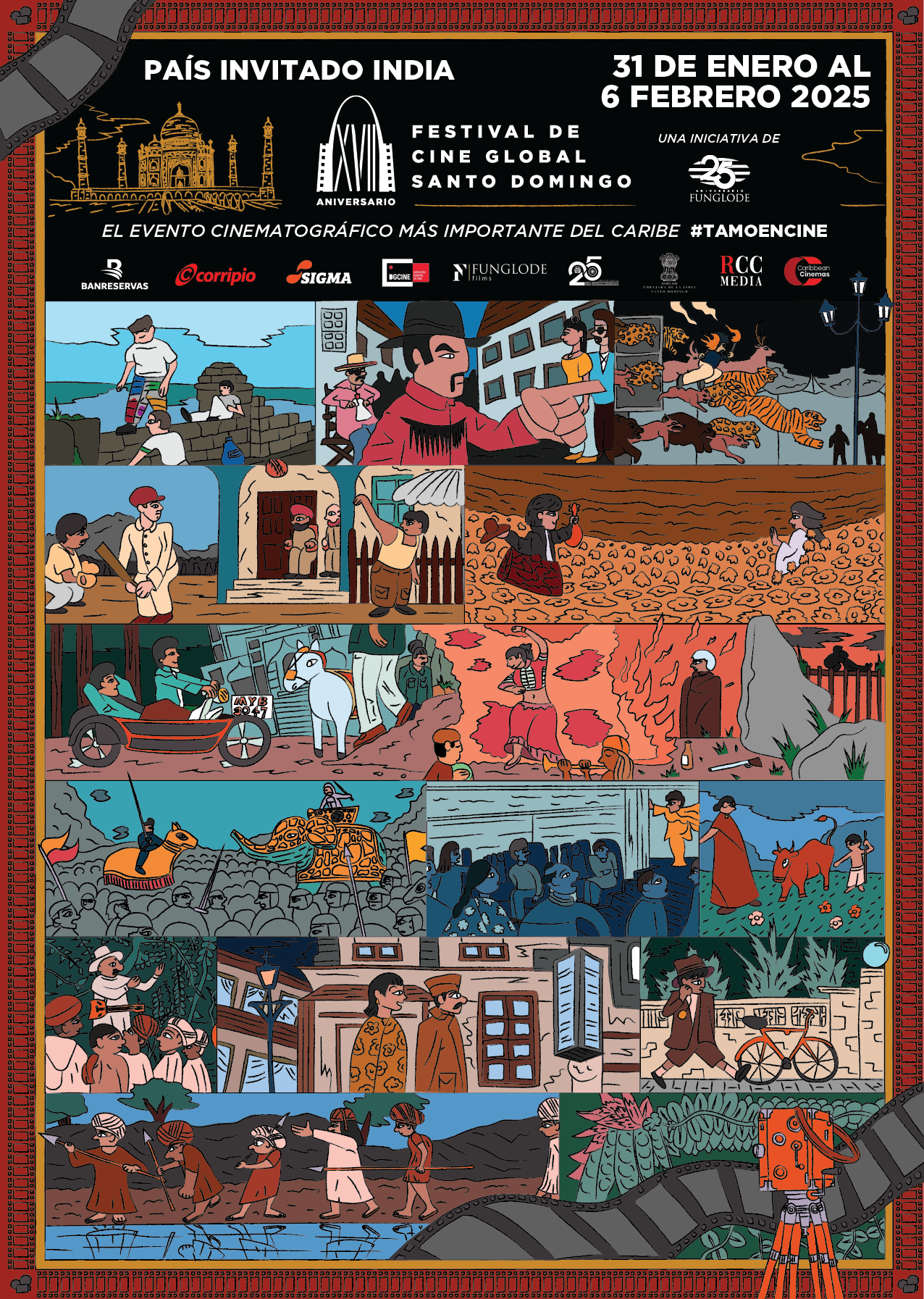
Actividad #1
Dónde:: Complejo Acuático Del Centro Olímpico Juan Pablo Duarte.
Días: 28 y 29 de noviembre 2016.
Precios: RD$1,1000.00 VIP, RD$600.00 gradas.








